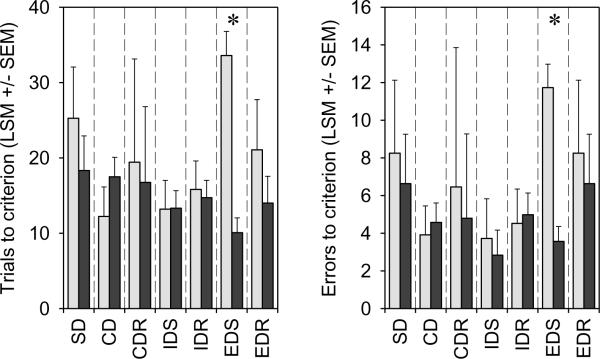Fig. 2. Barbers show set-shifting deficits in the IDED task compared with control mice.
Barbers (light grey bars); Control mice (dark grey bars). Set-shifting deficits are measured by the number of trials, or the number of errors, taken to complete the ExtraDimensional Shift (EDS) stage of the task. Barbers were unimpaired on any of the other stages of the task, which measure other learning and executive processes including compound learning ability, error detection, and affective shifts [22] [15]; indicating an extremely specific impairment. Note that each stage of the task was analyzed separately so that each stage was partialled only for stages proceeding it in the task (hence the dashed lines separating stages on the graph). Both panels show LSM ± SE, and * = significant at p <0.005. Neither analysis was transformed.

